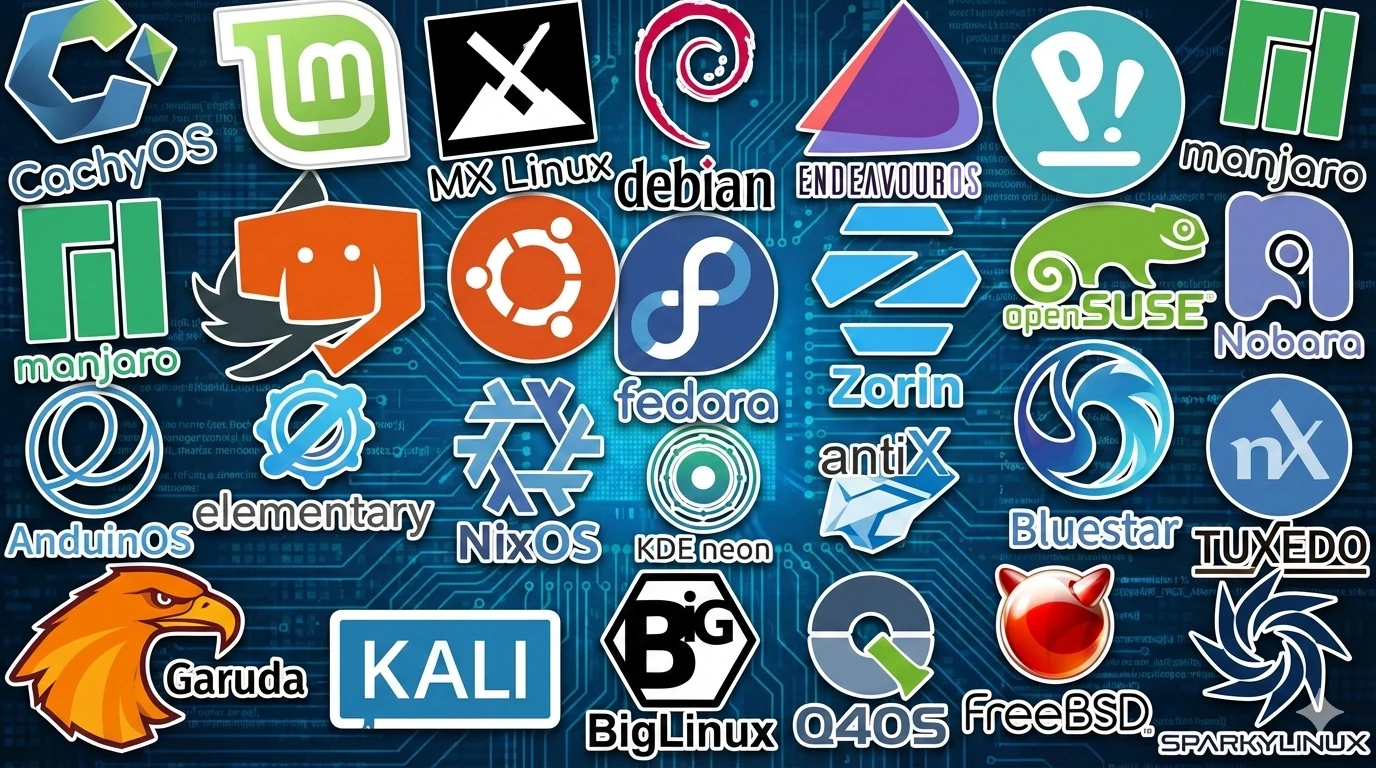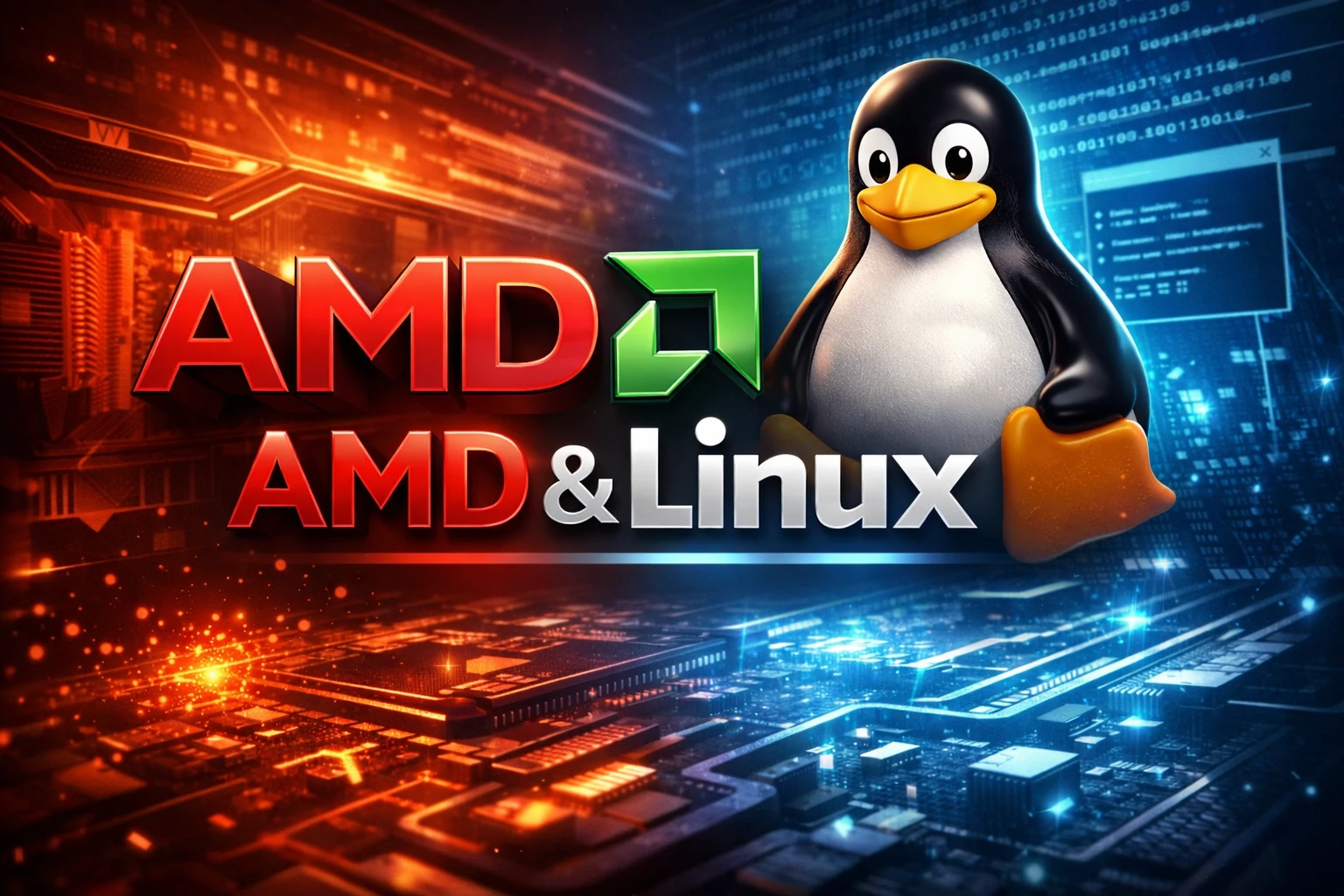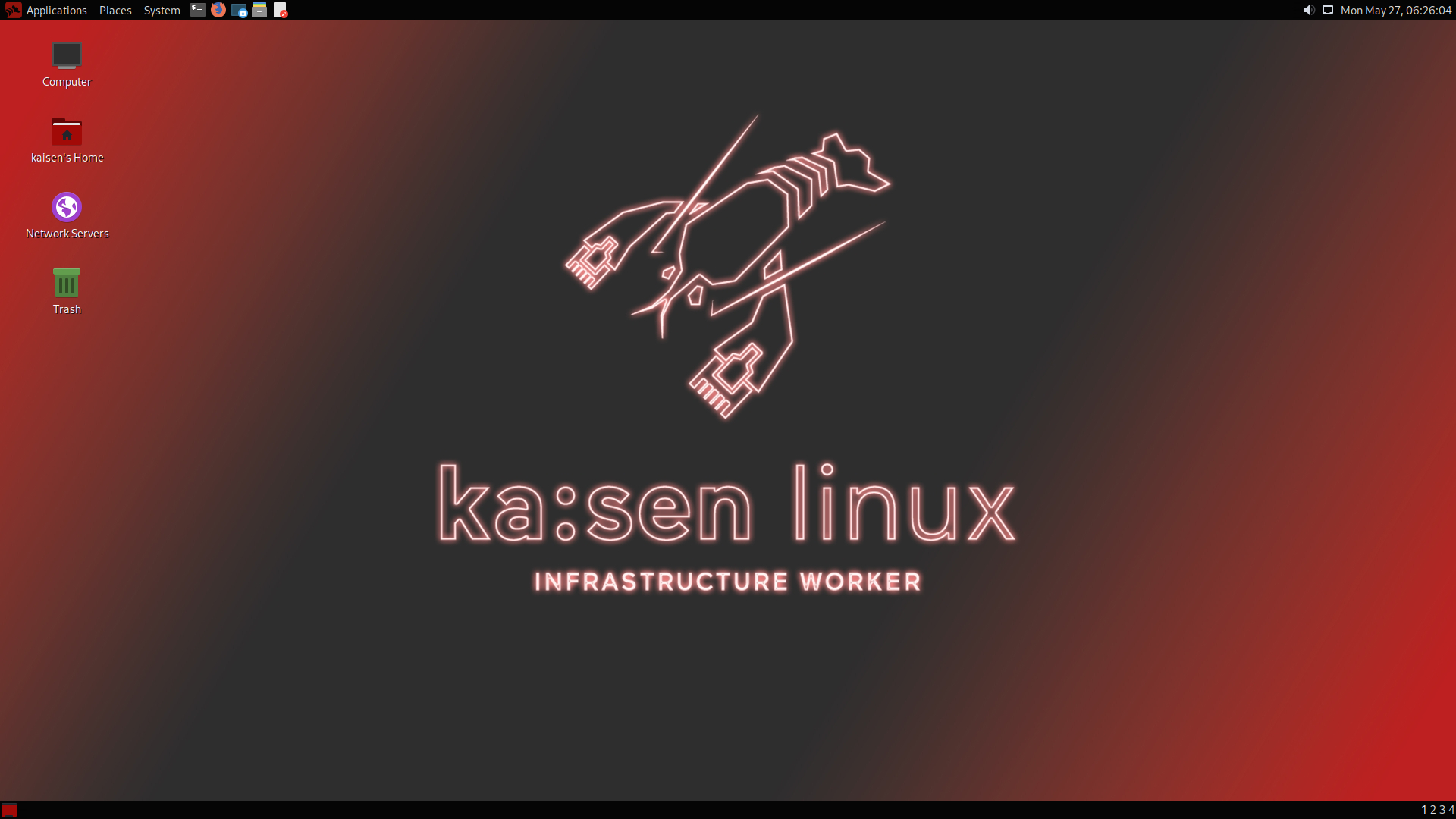Introduction
Linux, an open-source operating system, has seen a significant rise in popularity since its inception in the early 1990s. Initially created by Linus Torvalds as a hobby project, Linux has evolved into a robust and versatile platform that powers a vast array of devices, from personal computers and smartphones to servers and supercomputers. This article delves into the factors contributing to the rise of Linux, its impact on various sectors, and its future prospects.
Historical Background
The Birth of Linux
In 1991, Linus Torvalds, a Finnish computer science student, announced the creation of a new operating system kernel on the Usenet group comp.os.minix. This kernel, named Linux, was initially a personal project to create a free, Unix-like operating system for Intel x86-based PCs. Torvalds released the source code under the GNU General Public License, allowing anyone to freely use, modify, and distribute it.
Early Adoption and Growth
The early adoption of Linux was driven by the enthusiasm of a growing community of developers and hobbyists who contributed to its development. This collaborative approach led to rapid improvements in the kernel and the creation of various distributions (distros), such as Slackware, Debian, and Red Hat, each tailored to different user needs and preferences.
Key Factors Behind the rise of Linux
Open Source Philosophy
One of the most significant factors behind the rise of Linux is its open-source nature. The ability to access, modify, and distribute the source code has attracted a diverse community of developers, fostering innovation and rapid development. This collaborative environment has resulted in a highly customizable and secure operating system that can be tailored to specific needs.
Stability and Security
Linux is renowned for its stability and security. Its robust architecture and permission-based system make it less vulnerable to malware and unauthorized access compared to other operating systems. These qualities have made Linux the preferred choice for servers, where uptime and data integrity are critical.
Cost Efficiency
As a free operating system, Linux offers significant cost savings for individuals and organizations. There are no licensing fees, and the abundance of free software available for Linux further reduces costs. This cost efficiency has been a driving factor for its adoption in educational institutions, businesses, and government agencies.
Versatility and Performance
Linux’s versatility allows it to run on a wide range of hardware, from embedded systems to supercomputers. Its efficient use of system resources and ability to handle multiple tasks simultaneously make it an ideal choice for environments requiring high performance and reliability.
Impact on Various Sectors
Enterprise and Server Market
Linux has had a profound impact on the enterprise and server market. Major corporations, such as Google, Amazon, and Facebook, rely on Linux to power their data centers and services. Its scalability, security, and cost efficiency make it an ideal platform for managing large-scale infrastructure.
Cloud Computing
The rise of cloud computing has further propelled Linux’s popularity. Most cloud service providers, including AWS, Google Cloud, and Microsoft Azure, offer Linux-based virtual machines due to their flexibility and performance. Linux containers, particularly Docker, have revolutionized application deployment and management in the cloud.
Mobile Devices
Linux is the foundation of the Android operating system, which dominates the global smartphone market. Android’s success has brought Linux to billions of mobile devices, highlighting its adaptability and relevance in the modern technology landscape.
Supercomputing
Linux is the operating system of choice for supercomputers. As of 2024, all of the world’s top 500 supercomputers run on Linux. Its ability to handle complex computations, stability under heavy loads, and customization options make it ideal for scientific research and high-performance computing.
Personal Computing
While Linux’s market share in personal computing is smaller compared to Windows and macOS, it has a dedicated user base. Distributions like Ubuntu, Fedora, and Linux Mint offer user-friendly interfaces and extensive software repositories, making Linux a viable alternative for everyday use.
Challenges and Future Prospects
Usability and Software Compatibility
Despite its strengths, Linux faces challenges in usability and software compatibility. Some users find the command-line interface intimidating, and certain proprietary software is not available for Linux. However, efforts are being made to improve user experience and expand software availability through initiatives like Proton for gaming and WINE for running Windows applications.
Fragmentation
The fragmentation of Linux distributions can be both a strength and a challenge. While it allows for customization and innovation, it can also lead to inconsistencies and confusion for new users. Efforts to standardize certain aspects, such as the Linux Standard Base (LSB), aim to mitigate these issues.
Growing Adoption
The future of Linux looks promising as it continues to gain traction in various sectors. The increasing demand for cloud computing, IoT devices, and edge computing creates new opportunities for Linux to expand its footprint. The rise of open-source software and the growing emphasis on security and privacy further bolster Linux’s appeal.
Conclusion
The rise of Linux is a testament to the power of open-source collaboration and innovation. From its humble beginnings as a student project, Linux has grown into a versatile and reliable operating system that drives some of the world’s most critical infrastructure. Its impact spans across enterprise servers, cloud computing, mobile devices, supercomputing, and personal computing. As technology continues to evolve, Linux is well-positioned to remain a cornerstone of the digital landscape, offering stability, security, and flexibility to meet the demands of the future.
The 25 Most Popular Linux Distributions of 2025: A Complete Guide
*An expert overview of the top-ranked Linux distros based on DistroWatch’s latest 12-month ran…
Linux Kernel 6.19 Brings Major Performance Gains for AMD GPUs
The upcoming Linux kernel 6.19 release is shaping up to be very good news for users running AMD grap…
Kaisen Linux Discontinued: Developer Ends Project After 5 Years
Just weeks after Intel announced the termination of its Clear Linux OS, another specialized Linux di…


